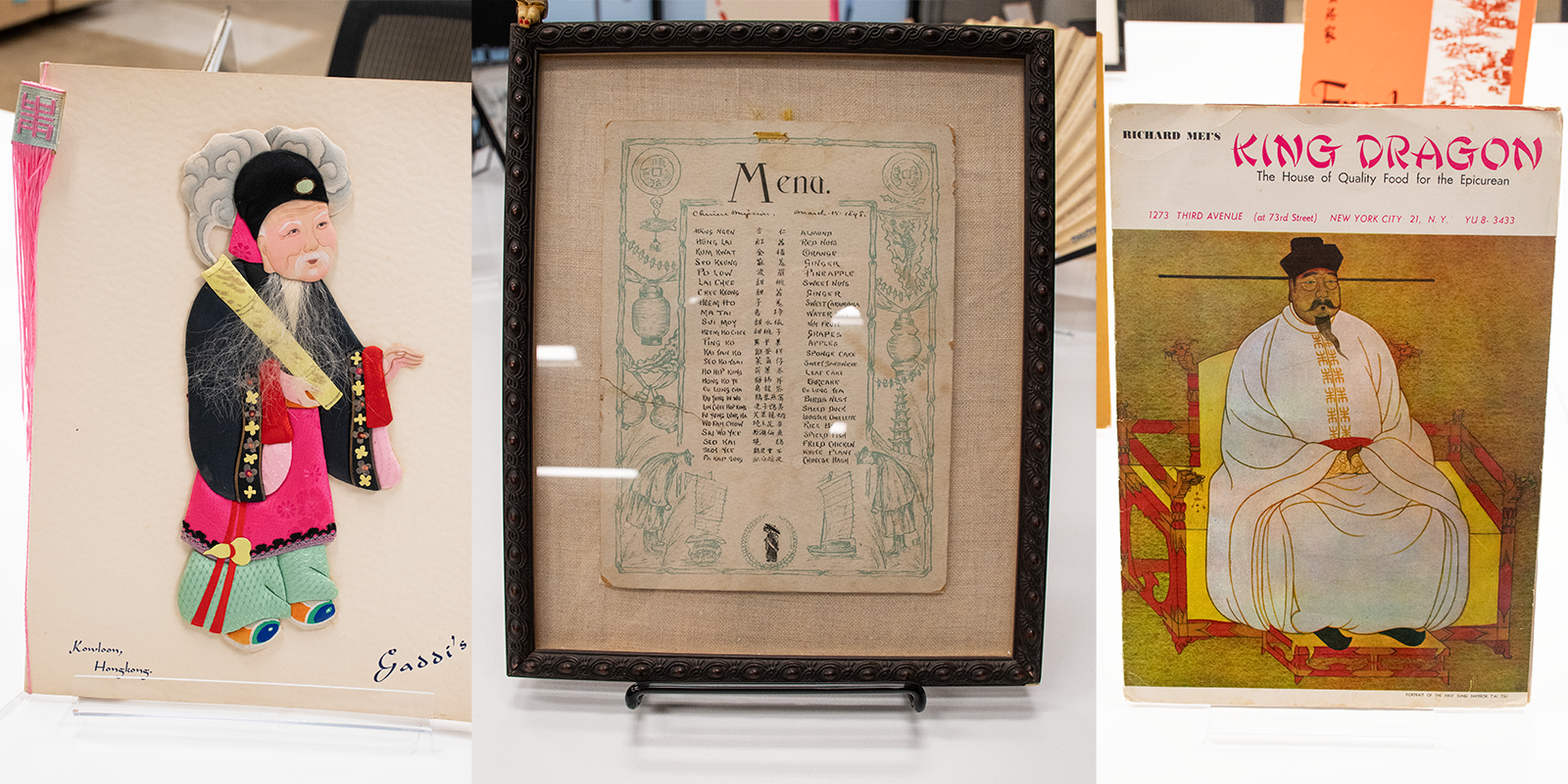Eating out? What’s something integral to the experience? A menu. Picking up your takeout? What’s in the bag? A menu. What’s that next to the cash register at the food court? Menus.
In addition to being an important part of restaurants, menus can also be significant research resources. Whether you are looking into the culinary history of a cuisine, the makeup of a community during a specific era, or even just tracing immigration history, menus tell a story that transcends academic disciplines.
“When we think of history, it’s sometimes easier to find the voices of ‘important’ people,” Koby Song-Nichols, PhD student in the Department of History at the University of Toronto, said, “menus gets you closer to kind of hearing the stories or uncovering the stories of folks who didn’t have time to write down their life stories.”
As if pre-arranged, when Song-Nichols began his research, he was invited to attend the launch of the Harley J. Spiller Collection at the University of Toronto Library Archives and Special Collections. The collection’s robust scope of Chinese menus from Toronto to around the world offered a great starting point for Song-Nichols. Two more collections were soon acquired by the Archives, which further assisted his research.

Digitization of collections has provided a gateway for researchers to approach various collections. Through this process, the Archives expanded its reach to more researchers and faculty members, providing more impact and support. Through the launch, Song-Nichols was able to find the collection online and contacted the Archivist, looking to visit the Archives to view the materials in-person.
“There’s something impactful about seeing a real menu from the 19th century.” John Yolkowski, the Archivist at U of T Scarborough Library, said.
Yolkowski goes on to explain that most people find the collection or object online and focus on it for their request. Once the request comes through to the Archivist, additional items can be found in the Archives.
“It’s usually the box I didn’t ask for that has the interesting stuff.” Song-Nichols laughed.
Collections within the U of T Scarborough Library Archives are interesting and plentiful, but the Chinese menu collection is unique. It is only within the last couple of decades that menus have been deemed archivable. Menus, believe it or not, are becoming extremely rare over time because they’re regularly being thrown away. Yet there is so much to learn from them, such as local history, the evolution of a community, even branding and/or marketing case studies.
The Archives is full of interesting things to look at. These materials are truly one of a kind, and they’re often unpublished research materials.
“The Archives are open to all and we’re happy to take requests to visit.” Yolkowski said.
The U of T Scarborough Library Archives and Special Collections is open five days a week. If you’d like to arrange for a visit, please contact the Archives.